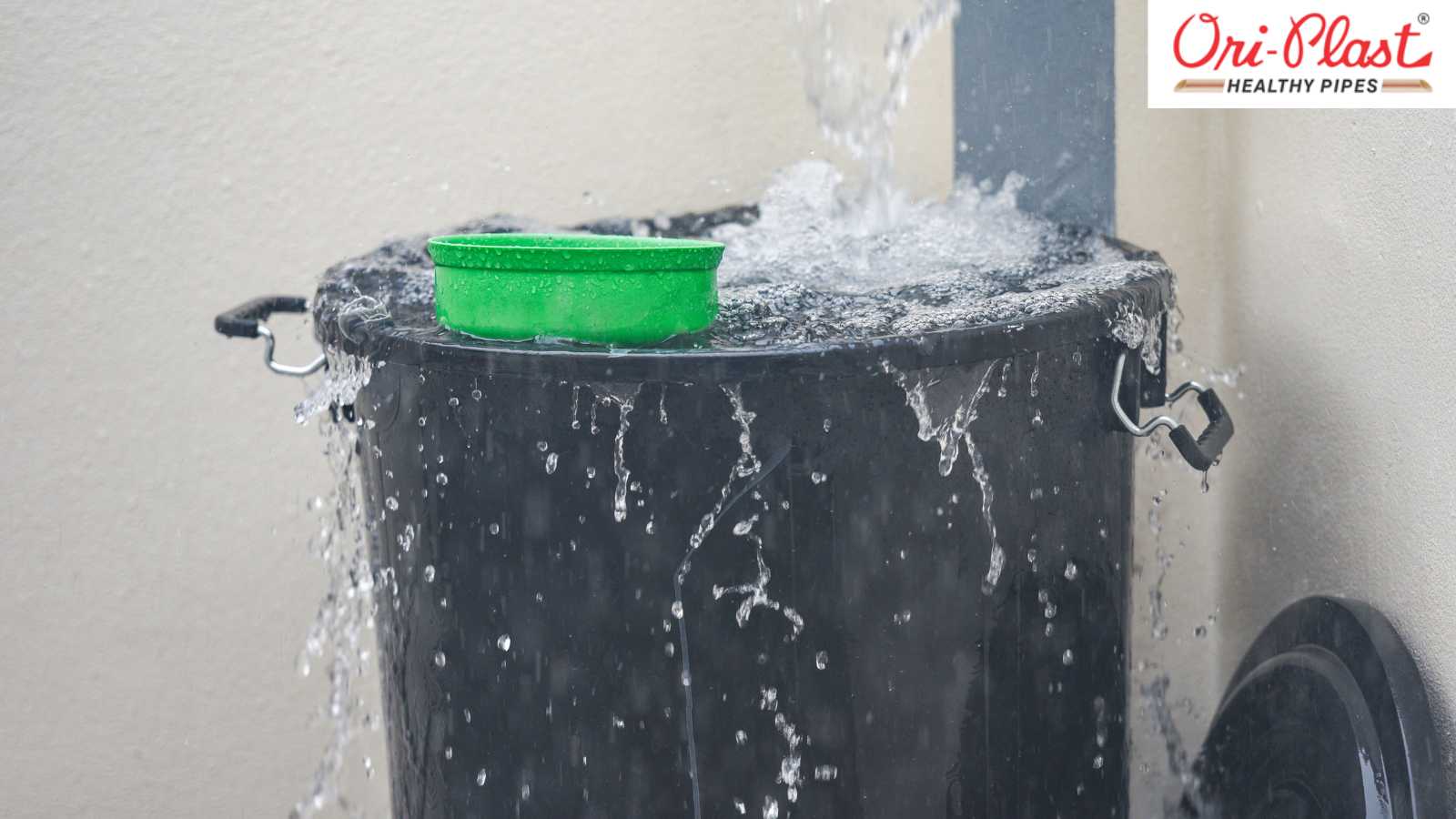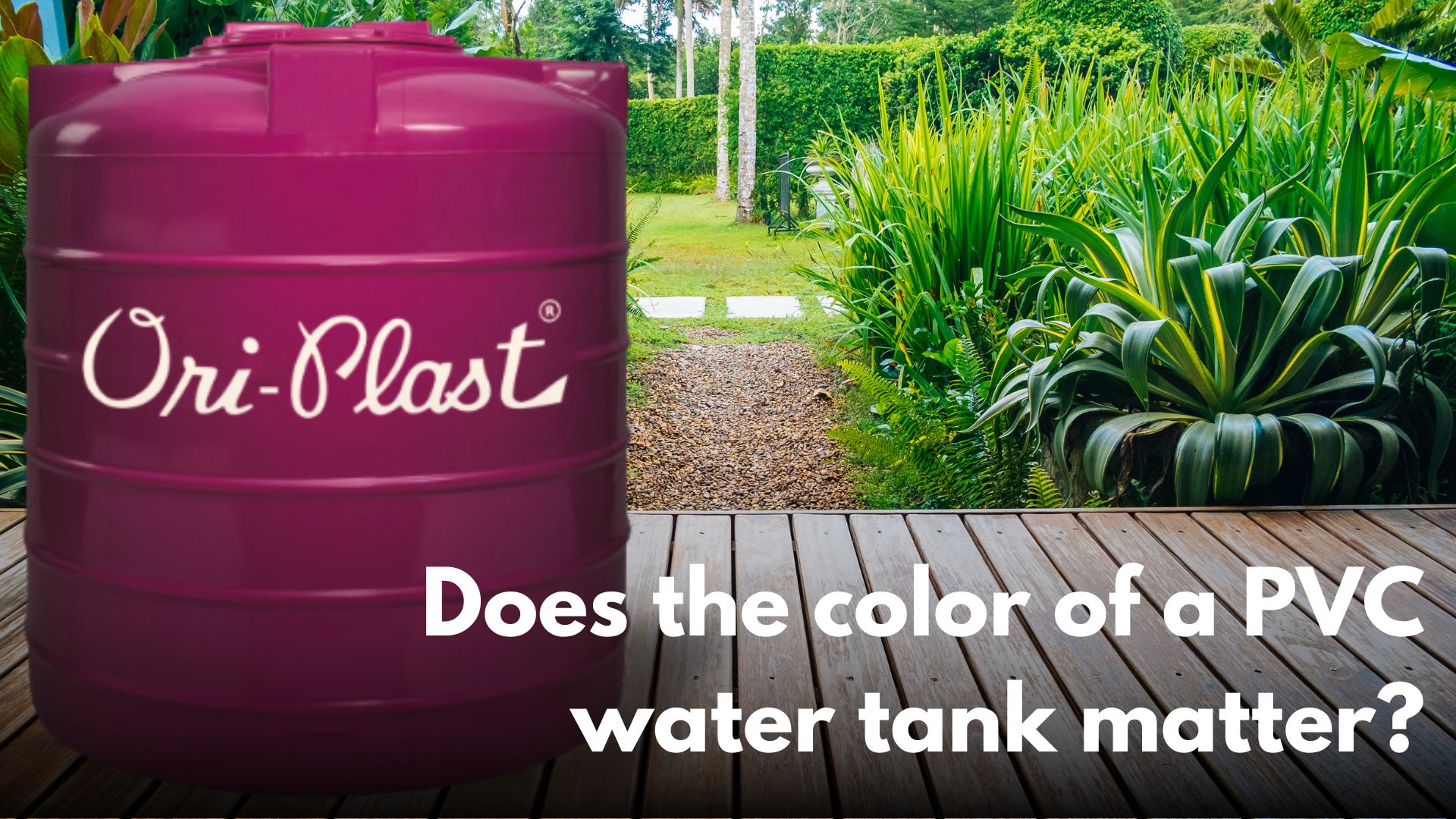In the land of diverse landscapes and vibrant cultures, where the heavens unleash the life-giving monsoons, a revolutionary practice is taking root in Indian households. Say hello to rainwater harvesting, the sustainable solution that empowers families to dance in the rain while saving big bucks! Imagine turning every raindrop into a treasure trove of water, slashing your water bills, and ensuring a greener future - all at once.
The Cost of Rainwater Harvesting for Indian Households
In this article, we will delve into the cost of rainwater harvesting systems, the economic benefits they offer, and the potential they hold for Indian households. Armed with industry data and insights, we aim to shed light on how rainwater harvesting can be a game-changer for both finances and the environment.
1. Understanding Rainwater Harvesting
Rainwater harvesting is the process of collecting and storing rainwater runoff from rooftops, terraces, and other surfaces and using it for various non-potable purposes, such as gardening, cleaning, and flushing toilets. The harvested water is stored in tanks or underground reservoirs, making it readily available during dry spells.
2. The Cost of Rainwater Harvesting Systems
a) Initial Setup Cost
The cost of installing a rainwater harvesting system can vary depending on the size, complexity, and quality of materials used. On average, a basic residential rainwater harvesting system in India can cost anywhere between ₹15,000 to ₹30,000. This cost includes the expenses for gutters, pipes, filters, storage tanks, and installation charges.
b) Annual Maintenance Cost
Fortunately, rainwater harvesting systems are relatively low-maintenance. Routine inspections, cleaning of gutters and filters, and ensuring the proper functioning of the system are the primary maintenance requirements. The annual maintenance cost typically ranges from ₹500 to ₹2000.
3. Economic Benefits
a) Reduced Water Bills
One of the most significant advantages of rainwater harvesting is its potential to cut down household water bills. By using rainwater for non-potable purposes, households can save a substantial amount on their water expenses. In some cases, households have reported up to a 50% reduction in water bills after adopting rainwater harvesting.
b) Increased Property Value
As the importance of sustainability and eco-friendly practices grows, properties equipped with rainwater harvesting systems become more attractive to potential buyers. This can add value to your property, making it a wise investment in the long run.
4. Government Support
The Indian government has been actively promoting rainwater harvesting as a means to combat water scarcity and promote sustainable living. Several states offer financial incentives, subsidies, and tax benefits to encourage households to adopt rainwater harvesting systems.
5. Environmental Impact
Rainwater harvesting plays a crucial role in replenishing groundwater levels, mitigating soil erosion, and reducing the strain on municipal water supply systems. By conserving water and promoting self-sufficiency, households contribute significantly to environmental preservation.
Conclusion
Rainwater harvesting presents a viable and cost-effective solution to India's water scarcity challenges. By investing in a rainwater harvesting system, households can not only save money on water bills but also contribute to sustainable water management. With government support and increasing awareness, rainwater harvesting is poised to become a transformative practice for Indian households, fostering a greener and more self-sufficient future. Embracing rainwater harvesting is not only an investment in the present but also a gift to future generations. So, let's join hands and harness the power of rainwater, unlocking a world of savings and sustainability for a better India.




